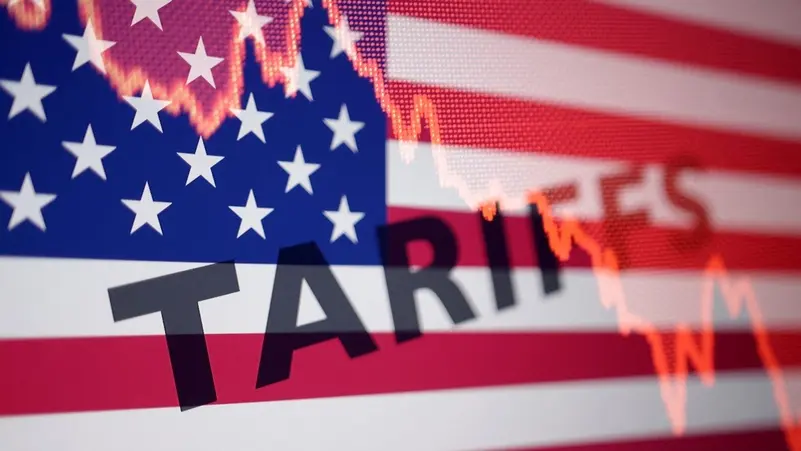News Flash
News Flash

By A K M Kamal Uddin Chowdhury
DHAKA, Aug 1, 2025 (BSS) - The reduction of tariff to 20 percent from 35 percent by the United States (US) on all Bangladeshi exports has opened a new window for the country to boost exports of all products, especially ready-made garments to the US market, observed economists and business leaders.
They said that the adjustment of its reciprocal tariff rate to 20 percent on products exported to the US will strengthen Bangladesh's competitiveness in global trade.
Talking to BSS, Bangladesh Garment Manufacturers and Exporters Association (BGMEA) President Mahmud Hasan Khan Babu welcomed the new US tariff rate for Bangladesh, saying it is a positive development for the country's export competitiveness.
"This is good news for us because our tariff rate is now almost equal to, or in some cases slightly lower than, that of competitor countries. Overall, the 20 percent tariff rate is a big relief compared to what we had feared," he said.
Former Lead Economist of the World Bank Dr Zahid Hossain said under the new policy, Bangladesh will face a 20 percent tariff, equivalent to the rate imposed on Vietnamese exports. India faces a higher tariff at 25 percent while Pakistan 19 percent - a little lower than Bangladesh, he added.
"The rate is considered competitive for Bangladesh. The country mainly exports five key garment items to the US - formal woven shirts, knitted polo shirts, trousers for both men and women, underwear, and sweaters. Currently, Bangladesh is the third-largest garment exporter to the US after China and Vietnam, with a 9.3 percent share in the American apparel import market worth $80 billion," he said.
He mentioned that India's tariff has been set at 25 percent, which is 5 percentage points higher than Bangladesh's.
"Moreover, President Trump has indicated that punitive duties may be imposed on Indian goods due to its business dealings with Russia. This could further weaken India's competitiveness in the US market. Additionally, India lacks the production scale to rival Bangladesh in apparel exports to the US," he added.
He said Pakistan also lacks the capacity to compete effectively with Bangladesh, despite having a slightly lower tariff of 19 percent.
"The country suffers from limited large-scale manufacturing infrastructure and a shortage of skilled workers," he added.
He also mentioned that China, the world's largest apparel exporter, is still negotiating tariff terms.
Currently, Chinese garments face a hefty tariff of 55 percent and this raises expectations that many US buyers will shift orders from China to Bangladesh, he added.
The economist also said that Trump has imposed a 40 percent tariff on garments if they are found to be transshipped through Vietnam to avoid Chinese duties.
"Vietnam's garment sector relies heavily on Chinese raw materials, investments, and supply chains, making it difficult to maintain its position in the US market under the new rules," he added.
To capitalize on the new opportunities, Zahid Hossain said, Bangladesh must urgently improve its business environment, attract more investment, and ensure a reliable gas supply to industrial units in order to secure a greater share of the global apparel market.
Immediate Past President of the International Business Forum of Bangladesh (IBFB) Humayun Rashid congratulated tariff negotiators on securing a landmark trade deal with the United States, saying the new rate will strengthen Bangladesh's competitiveness in global market, enhance access to the world's largest consumer market, and safeguard the country's national interests.
The US has reduced its tariff rate on goods from Bangladesh to 20 percent, a significant reduction from the previous 35 percent, after a final round of intense negotiations in Washington.
The announcement was made by the White House today, after the final round of the talks in Washington DC between Bangladeshi officials and the Office of the United States Trade Representative (USTR), the main body responsible for overseeing US trade policy.